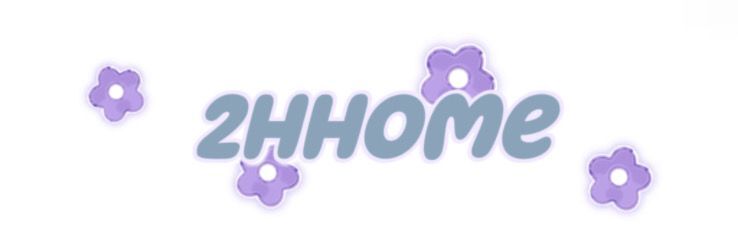What is polyester? 7 things you need to know about polyester fabric
The basic building materials of polyester are petroleum, hard coal, lime and natural gas. The chemical fiber is manufactured from polyethylene terephthalate, better known as PET. The synthetic fiber is mainly made from petroleum-derived chemicals, specifically, purified terephthalic acid (PTA) and monoethylene glycol (MEG). Polyester is WIDELY used in the textile industry to produce a variety of products, including clothing, home furnishings and industrial fabrics. The main reasons for the wide usage include its durability, wrinkle resistance, color retention and affordability.
Unfortunately, the usage of the synthetic fiber polyester comes with a lot of environmental disadvantages. The production of polyester is not only very energy-intensive, but it also is based on non-renewable and damaging resources like petroleum. Additional, polyester itself is not biodegradable, and the usage of polyester fibers is one of the main contributors to the world's plastic and microplastic pollution.
Polyester… It’s What’s For Living
Whether it’s for fashion, performance, design, or interiors (home, carpet/rug), polyester has evolved into the most versatile fabric and fiber in the world. Polyester is a man-made product that is constantly changing and improving. Although it is not a natural product such as cotton or wool, it does offer many advantages over these materials.
Where did Polyester come from?
Polyester is a synthetic polymer commonly called PET, short for polyethylene terephthalate, used in carpet and for rugs. Essentially, it is a type of plastic. It was first invented in the mid-1900’s and became known for its resilience, and it’s wrinkle free characteristics, in the seventies. I still remember wearing what my mom called “leisure suits” and silk flower shirts to church. Well, polyester has certainly changed and improved since then, as it is now becoming the preferred performance fabric for high end and specialty apparel.
Advantages of Polyester:
- The fibers are durable and lightweight
- It is very wrinkle resistant
- It dries very quickly making it ideal for outerwear
- Polyester fiber take dyes (colors) easily
- It retains its shape well
- It is highly stain resistant making it very easy to clean
- Very economical price compared to other synthetic fiber such as Nylon
Disadvantages of Polyester:
- Prone to static buildup
- Tends to hold odors compared to natural fibers
- Pile retention for carpet/rugs is poor when compared to Nylon
- Polyester is less breathable than natural fiber such as cotton
Breathability appears to be the main issue regarding polyester. There have been a few solutions to help remedy this. First has been the introduction of fiber blends such as poly-cotton, obviously a blend of polyester and cotton to take advantage of the wear ability of polyester and the natural breathability of cotton. And second, through modern technology and new age manufacturing, steps have been made to improve wicking properties which is exceptional characteristics for leisure wear and workout apparel.
Polyester has also made a huge leap in carpet and rug development. As it is much more economical than Nylon since it is recyclable it has quickly become the preferred substrate for this industry. It’s low cost and dyeability, along with its natural resistance to staining has made it as popular as Nylon. When initially introduced it could not compete with Nylon as far as pile retention. New developments and modern technology have rectified this issue. Polyester now has as much market share in the carpet and rug industry as Nylon.
In conclusion, polyester with its current development and ongoing improvements has become the go to fiber for many applications for high performance needs in apparel, general textiles and the carpet and rug industries. Along with being a very eco-friendly substrate it appears that polyester is here to stay.
If you have further questions about what types of textile, carpet and rug, dyes/chemicals First Source Worldwide offers, please click the picture below!
|
September 16th, 2019
|
Blog|
By
Share This Story, Choose Your Platform!
About the Author: Greg Vanoer
Greg Vanoer is a Regional Sales Manager at First Source Worldwide. With over 25 years in the carpet and rug industry, his expertise in colorants makes him a helpful resource. It’s no surprise with his outgoing nature that he considers phone calls and meetings with customers the best part of the job.
What is polyester? 7 things you need to know about polyester fabric
Polyester… It’s What’s For Living
316
0
0
None
None

Comments
All Comments (0)